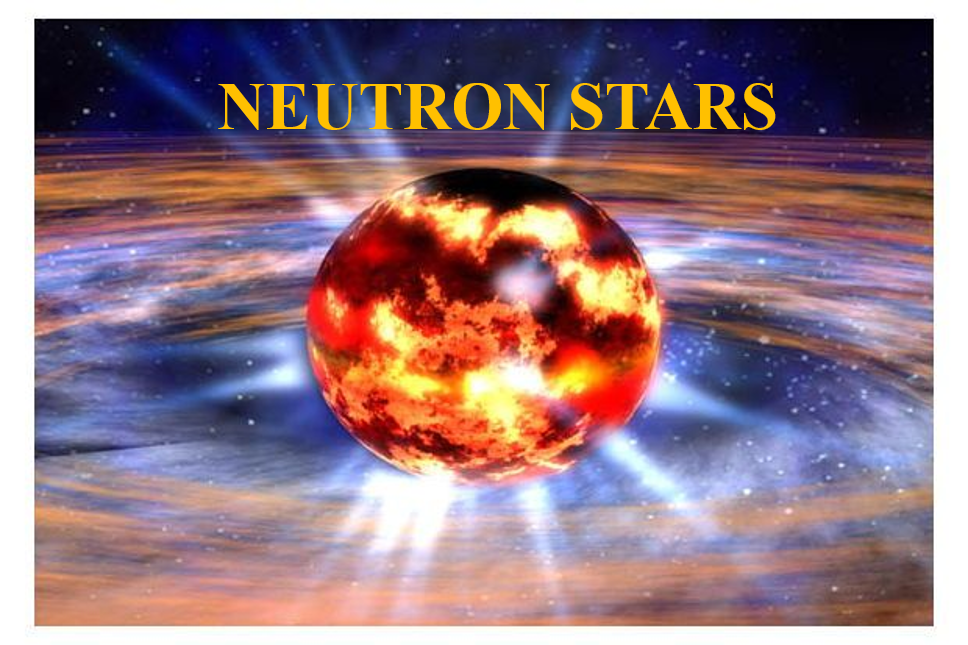| نویسندگان | S. A. Ghaemmaghami and M. Ghazanfari Mojarrad |
|---|---|
| نشریه | European Physical Journal Plus |
| شماره صفحات | 1 |
| شماره مجلد | 138 |
| ضریب تاثیر (IF) | ثبت نشده |
| نوع مقاله | Full Paper |
| تاریخ انتشار | 2023 |
| رتبه نشریه | علمی - پژوهشی |
| نوع نشریه | الکترونیکی |
| کشور محل چاپ | ایران |
| نمایه نشریه | SCOPUS ,JCR |
چکیده مقاله
We investigate the thermal effects on the baryon–quark phase transition (PT), utilizing the Maxwell construction (MC) in an isentropic analysis. In order to model the structure and composition of hot hybrid neutron stars (HHNSs) with β-equilibrated dense matter in the presence (absence) of trapped neutrinos, we use a statistical model which agrees with the Thomas–Fermi (TF) approximation for the baryonic phase and the Nambu–Jona-Lasinio (NJL) model for the deconfined quark phase. Our results show that neutrino trapping can provide a considerable softening of the equation of state EOS in the baryon–quark coexistence phase, compared with the situation governed by untrapped (free-streaming) neutrinos. Having a weak dependence on the quark vector coupling constant in the pure quark phase, the temperature meets its maximum value at the threshold baryonic density for the occurrence of the baryon–quark PT. Based on the assumption of the conserved baryonic mass, all of our HHEOS lead to the stable mass structures for a HHNS.


